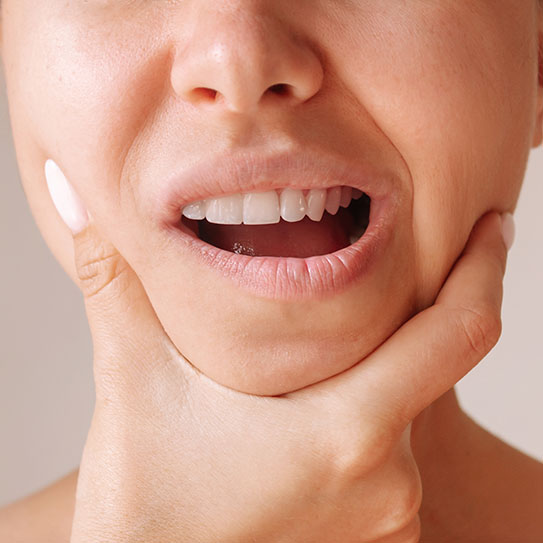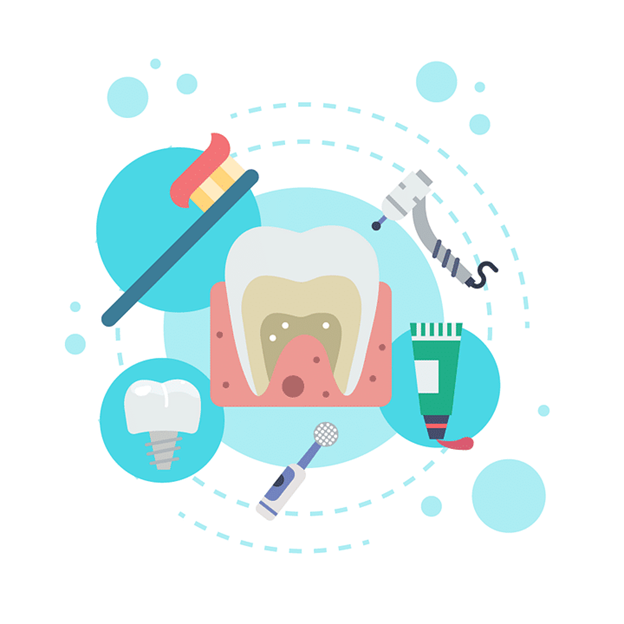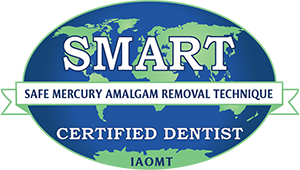Can the Dentist Near Me Help With TMJ Problems?

Don't Leave Jaw Pain Untreated If you’ve been searching for a "dentist near me" because you’re struggling with jaw pain, headaches, or discomfort while chewing, you might be experiencing issues related to the temporomandibular joint (TMJ). At Rushmore Dental, we specialize in TMJ treatment designed to relieve your symptoms and restore your quality of life. […]
Your Rapid City Dental Clinic: What Sets Us Apart

Redefining Dental Care in Rapid City Welcome to Rushmore Dental, your dedicated Rapid City dental clinic where we pride ourselves on standing out in the dental community. Our commitment to excellence is reflected not only in our treatments but also in the core values, focused care, and comprehensive service options we offer. Whether you're looking […]
Chewing Ice: The Cool Habit that Can Harm Your Teeth | Rapid City Dental Clinic

Rapid City Dental Clinic Welcome to Rushmore Dental, your trusted Rapid City dental clinic. We're here to shed light on a topic that might seem innocent but can have detrimental effects on your dental health – chewing ice. While it may seem refreshing and harmless, this cool habit can lead to various dental issues. This […]
9 Oral Health Tips from Your Dentist in Rapid City

Rushmore Dental | Dentist in Rapid City, SD Daily brushing and flossing are necessary to maintain healthy teeth and gums. However, you can do other things that benefit your overall well-being. Please read below for your dentist in Rapid City's nine dental health tips. #1 BRUSH YOUR TEETH TWICE DAILY Brushing your teeth with […]
It’s Time for a Dentist FAQ Session

DO YOU HAVE questions for the dentist? There’s a good chance one of yours made our frequently asked questions list! Question 1: How often do I need to visit the dentist? For most people, we recommend a dental exam and cleaning twice a year. Even for patients with perfect oral hygiene, it’s inevitable that some […]
Being Lip-Tied or Tongue-Tied

IT’S COMMON ENOUGH to be tongue-tied in the sense of not being able to get your words out, but a tongue tie is also a real medical condition, as is a lip tie. These conditions are both caused by pieces of tissue in the mouth called frena. One frenum connects the tongue to the floor […]
Post-COVID Dentistry: Why Dental Caries are On the Rise

In September 2020 ,reiterated in 2021and 2022, the American Dental Association (ADA) Health Policy Institute released findings from an impact poll highlighting an increase in certain oral health conditions since the onset of the COVID-19 pandemic. Doctors who participated in the ADA poll reported increases in bruxism (54.9%), chipped and cracked teeth (53.4%), temporomandibular disorder […]
When Do I Need to Get a New Toothbrush?
How long have you been using the same toothbrush? Everyday we throw away expired food from our fridges, replace supplements and vitamins, and ensure that we don't run out of beauty products. Our dental hygiene, however, does not get the same amount of attention as the rest of our daily routines. We often forget about […]
A Patient’s Guide to Finding a Good Dentist in Rapid City

PEOPLE IN RAPID CITY might need to find a new dentist for all sorts of reasons. Maybe they...
5 Signs That You Need to Visit Your Dentist
There is an unfortunate tendency among many people to delay seeking treatment for dental issues. Barring an emergency or severe discomfort, many will overlook signs that should, in fact, be sending them to the dentist. Whether it be fear of the dentist or the simple hope that the issue will clear up on its own, […]



